Habitats And Biota Of The Gulf Of Mexico: Before The Deepwater Horizon Oil Spill —— Volume 1: Water Quality, Sediments, Sediment Contaminants, Oil And Gas Seeps, Coastal Habitats, Offshore Plankton And Benthos, And Shellfish
----- 墨西哥湾栖息地与生物群:深水地平线石油泄漏前 第1卷:水质、沉积物、沉积物污染物、石油与天然气渗漏、沿海栖息地、海洋浮游生物与底栖生物与贝类
The gulf of mexico is an open and dynamic marine ecosystem rich in natural resources but heavily impacted by human activities, including agricultural, industrial, commercial and coastal development. Nutrients and pollutants from coastal communities and dozens of rivers flow into the gulf, including material from the mississippi river watershed, which drains over one third of continental united states. The gulf of mexico has been continuously exposed to petroleum hydrocarbons for millions of years from natural oil and gas seeps on the sea floor, and more recently from oil drilling and production activities located in the water near and far from shore. Major accidental oil spills in the gulf are infrequent; two of the most significant include the ixtoc i blowout in the bay of campeche in 1979 and the deepwater horizon oil spill in 2010. Unfortunately, baseline assessments of the status of habitats and biota in the gulf of mexico before these spills either were not available, or the data had not been systematically compiled in a way that would help scientists assess the potential short-term and long-term effects of such events.
{{comment.content}}
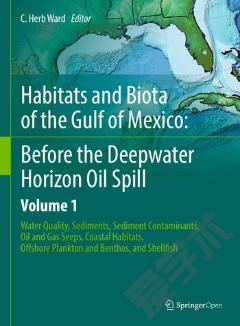

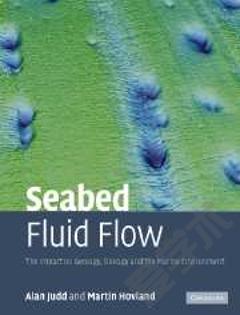
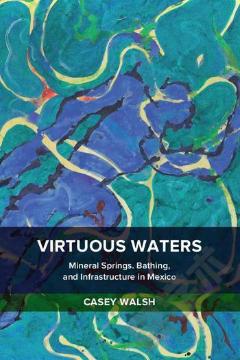
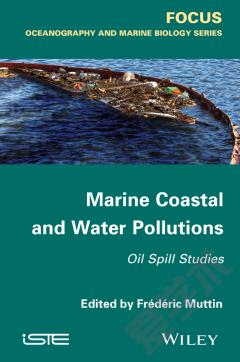
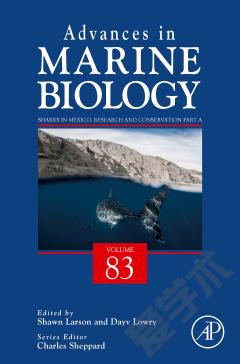
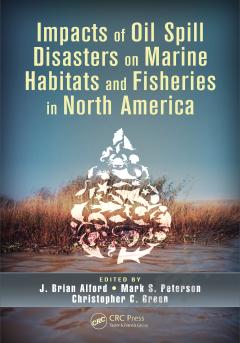

 京公网安备 11010802027623号
京公网安备 11010802027623号